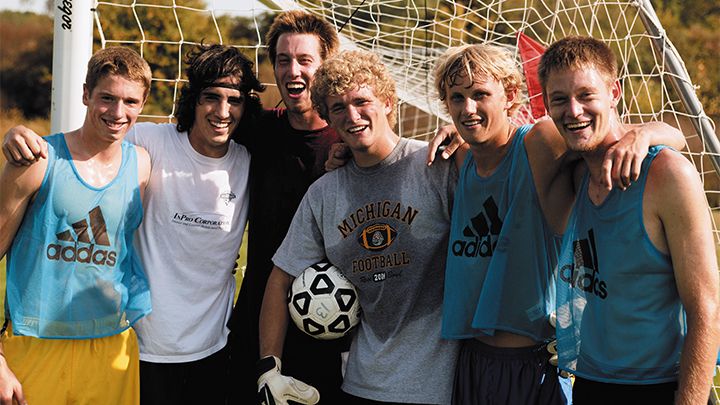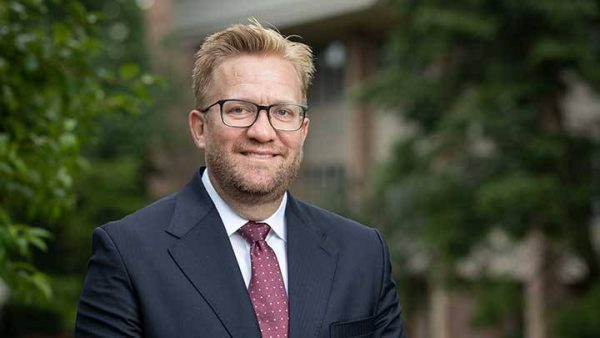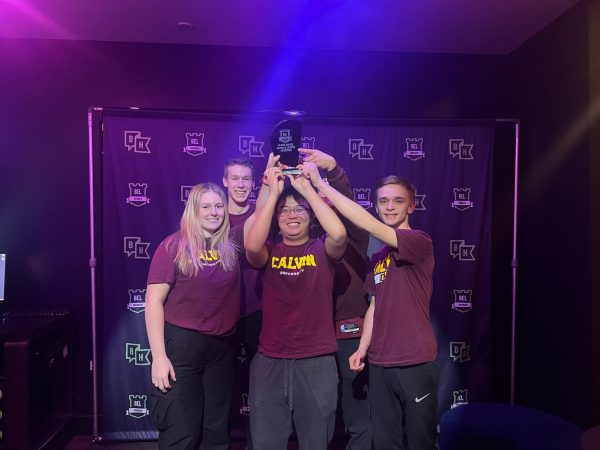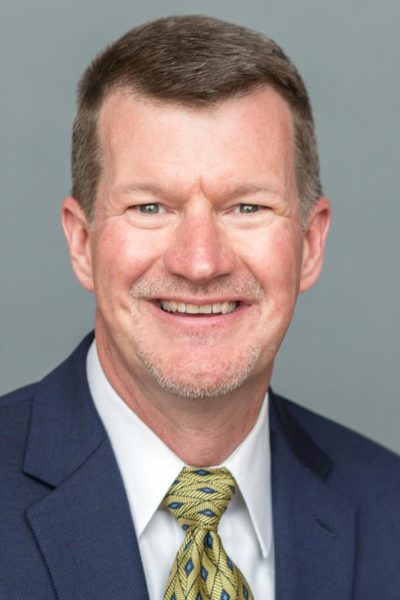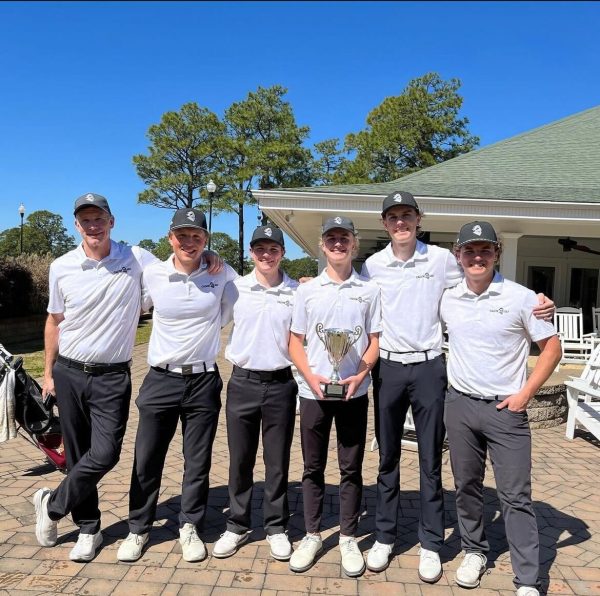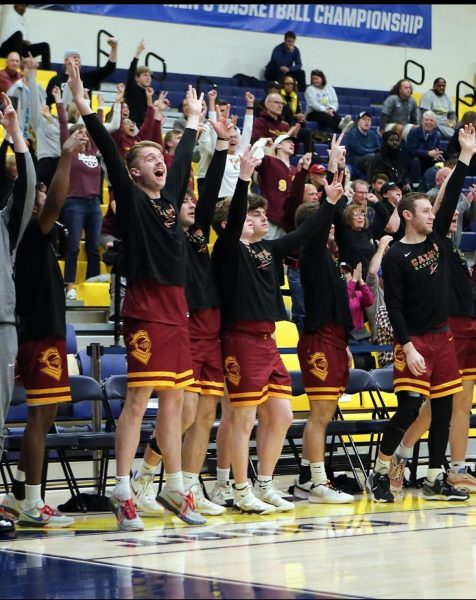Intramural programs offer chance for inclusiveness
More than 28 percent of Calvin’s students body participated in two to three leagues each this year. At the national level, intramural programming tends to be a male-dominated culture. Photo courtesy calvin.edu.
Updated: 3/29/18, 7:07 a.m.
Calvin has one of the largest intramural programs for colleges of similar size. In an academic year as many as 4,000 names are put on rosters. More than 28 percent of Calvin’s students body participated in two to three leagues each this year. The number of estimated participants for last year is 3161 students.
While many campuses have gone to the overarching name of campus recreation, Calvin has retained the name intramural. But at Calvin, intramurals is one of the areas within the larger program of campus recreation. Ryan Rooks, the campus recreation coordinator, talked about how this has developed since he first took the job:
“A percentage of my job for the last thirteen years within the kinesiology department has been to direct the intramural program. So as I expanded programs to include group fitness, outdoor recreation and climbing, that’s when we transitioned to the title of campus recreation.”
For an activity at Calvin to be an intramural it has to be athletic in nature. Volleyball, basketball and soccer are wildly popular. According to Rooks, a couple hundred students are in each of those sports from the time they show up on campus in September to the last tournament that takes place the week before exams in the spring.
Throughout the fall and during interim the program includes one-day tournaments for students who don’t want to commit to leagues, but want an opportunity to play. These opportunities include activities like table tennis, innertube water polo, dodgeball, ultimate frisbee, spike ball, yard games and three-on-threes. These activities often don’t generate enough interest for a league, but they make for popular tournaments.
The leagues that make up the majority of intramurals are built with team captains. Captains often work on their floors, houses or within their own social media circles to put together a team. Rooks described how it’s a great way for RAs to build floor community and have a good point of contact with their residents.
According to Rooks, teams that are made within floors are often the most inclusive, because they play more for fun and the sense of community that out of competition. Inclusiveness is something Calvin’s intramurals have excelled in. Rooks spoke to how Calvin does well in female participation in all recreation programs.
At the national level, intramural programming tends to be a male-dominated culture. Rooks said that at many colleges and universities, up to eighty-five percent of participants in traditional athletic intramurals are males.
“My goal at Calvin,” said Rooks, “is to make intramurals an inclusive place where we can have higher levels of female participation than the national average.”
To help direct the program, Rooks has two student assistant directors. Juniors Maggie LaLonde and Nathan Zuidema are the student assistants this year.
Zuidema has greatly appreciated the community that evolves from being involved in intramurals. They allowed him, as a first-year student, to meet older students that he never would have met otherwise. He went on to say that leagues are a chance to take a break from stress and be involved in Calvin’s community.
According to LaLonde, the responsibilities of a student assistant are extensive. They work with Rooks to make decisions on what sports to offer, scheduling, equipment and gym locations. They go through the sign-ups, make the leagues and communicate with the team captains. Another task they work on is staff scheduling and helping them with any problems that might arise.
Zuidema explained that in doing this work they communicate with Spoelhof Fieldhouse director Justin Tebrake to confirm scheduling and avoid conflicts with court times and other events. They also promote involvement in the league through posters, social media and Cokes and Clubs.
With the exception of when the fieldhouse was under construction in 2007 and 2008, all intramural activities have been hosted on campus. This makes getting involved in the program much more accessible for students.
“When we’ve tried [off-campus sites] in the past, we’ve been amazed by the number of forfeits,” recalled Rooks. “When we run all our intramural programing in local spaces on campus, we have almost no issues with team forfeits.”
Rooks explained that the quality of leagues has everything to do with teams not forfeiting, so campus recreation has made it their goal to be as barrier-free as possible within the program.
LaLonde believes intramurals are valuable for college life:
“Intramurals are an important way for students to come let out some energy, hang out with friends they might not get to see during the day and make new friends a few nights a week. It’s a way for people to forget about school for an hour and just play.”




